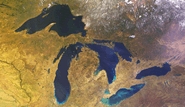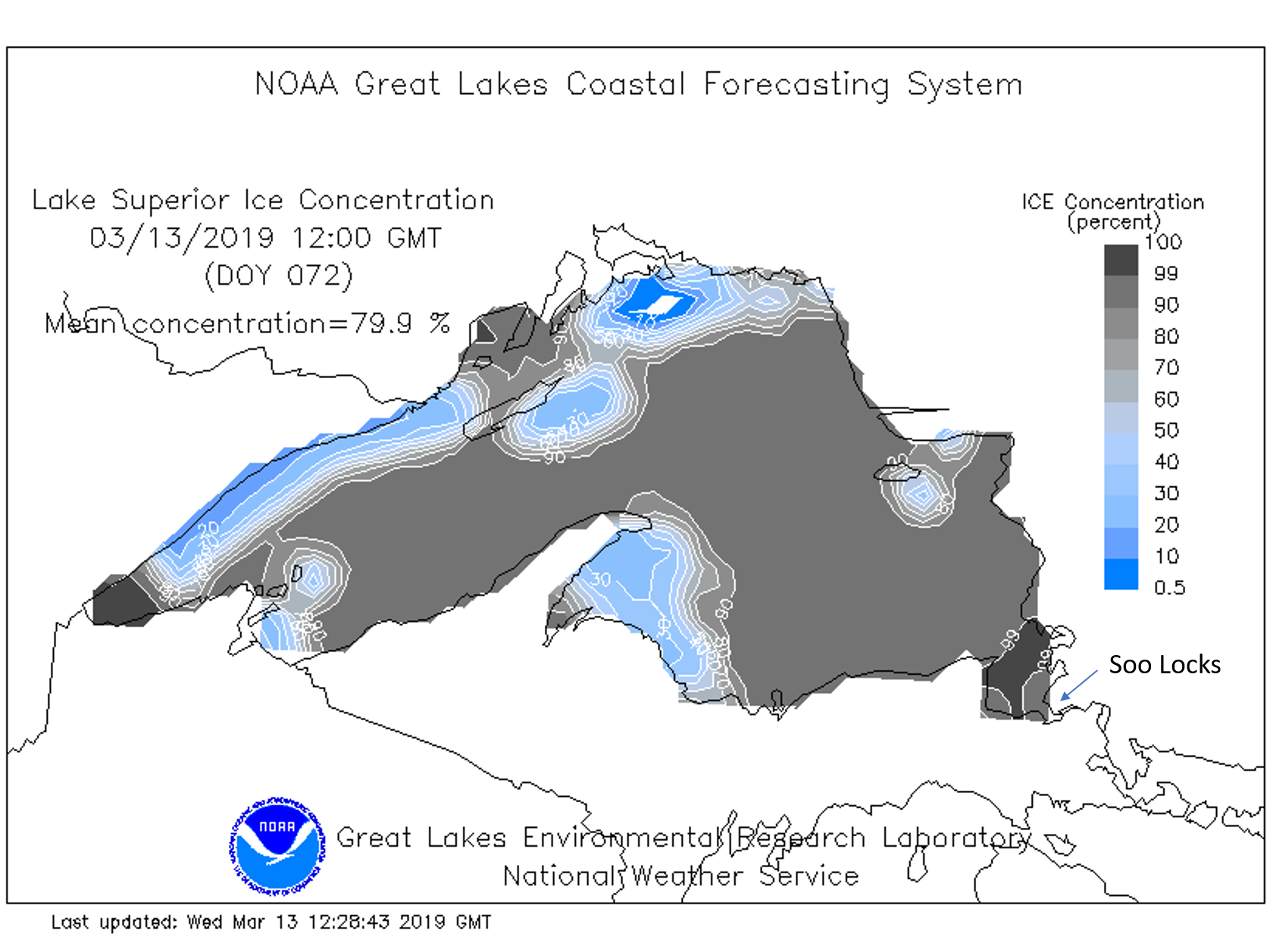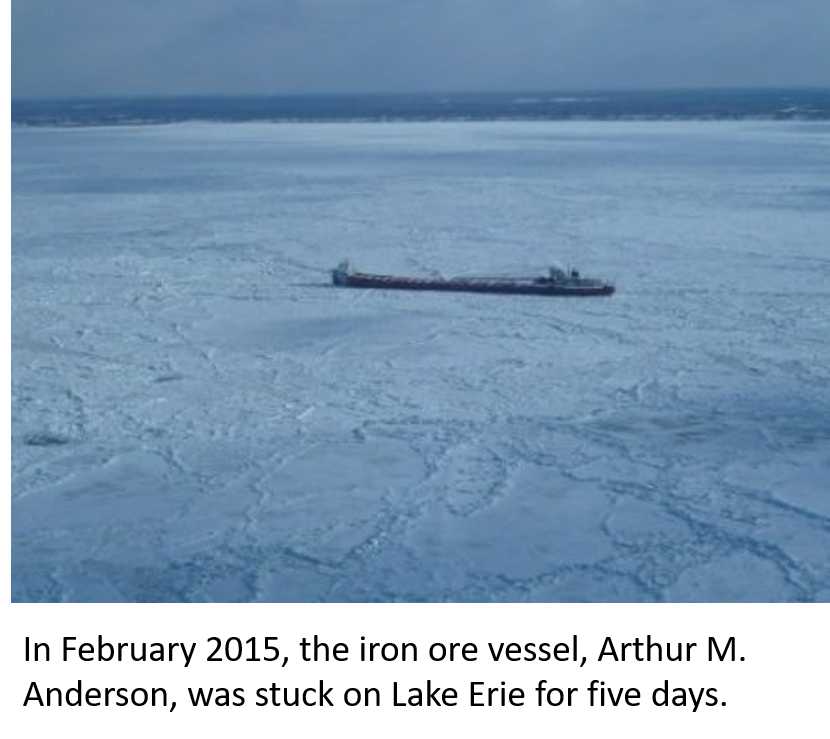Shipping and Logistics

Ice Breaking Commences on the Great Lakes
Written by Sandy Williams
March 13, 2019
The U.S. Coast Guard commenced ice breaking on the lower St. Mary’s River last week in preparation for the 2019 Great Lakes shipping season and opening of the Soo Locks on March 25. The USCG will begin ice breaking operations in Sturgeon Bay on Friday.
A tug and barge docked in Cleveland on Tuesday, ahead of the official season, to load ore stored at the Cleveland Bulk Terminal for delivery up the Cuyahoga River to ArcelorMittal. Ice is minimal near Cleveland, but is heavier moving east.
Lake Superior has had an extraordinary amount of ice this winter, with coverage on 90 percent of the lake for only the fifth time in the past 20 years. Coverage was down to 79.9 percent on Wednesday, according to the National Oceanic and Atmospheric Administration (NOAA), with heavy concentration near the Soo Locks.

A new ice forecasting system is in the works by researchers at the University of Michigan under a $10,000 grant from the Graham Sustainability Institute.
Ice forms quickly on the lakes and causes disruption to the limited cargo traffic during the winter and at the start of the shipping season. Fujisaki Manome, the principal investigator on the project, says a new ice forecasting technique is ready to implement, but the technical aspects may be difficult for the average person to understand and use. The researchers are working on a translation that will be more user friendly.
The forecast technique will be published and maintained by the NOOA as part of the Great Lakes Operational Forecast System and will be tailored to the needs of the Coast Guard and shipping industry. A forecast that predicts ice thickness will be invaluable to the Coast Guard to deploy ice breakers efficiently and to help cargo vessels avoid threatened shipping lanes.
 Inordinate amounts of ice disrupted ore cargos in 2014, extending the winter season from 70 days to 120 and keeping Coast Guard ice breakers busy into May. Delays of pellet delivery caused production slowdowns at U.S. Steel and AK Steel. ArcelorMittal called the ice conditions “the worst in 30 years, resulting in significant delay in raw material deliveries.” Several vessels were damaged by ice during the season.
Inordinate amounts of ice disrupted ore cargos in 2014, extending the winter season from 70 days to 120 and keeping Coast Guard ice breakers busy into May. Delays of pellet delivery caused production slowdowns at U.S. Steel and AK Steel. ArcelorMittal called the ice conditions “the worst in 30 years, resulting in significant delay in raw material deliveries.” Several vessels were damaged by ice during the season.
In February 2015, the iron ore vessel, Arthur M. Anderson, was stuck on Lake Erie for five days near Conneaut, Ohio, as U.S. and Canadian ice cutters attempted to break through 8-10 feet thick ice. The ship was on its last run before heading back to Wisconsin.
An improved ice forecasting system will hopefully alleviate such problems. The Michigan research team expects to have the new translated forecast available for use as an experimental version in 2020 with final implementation by 2021.

Sandy Williams
Read more from Sandy WilliamsLatest in Shipping and Logistics

US Great Lakes iron ore cargoes down notably through May
The Lake Carriers' Association reported a considerable decline in monthly iron ore shipments from US ports on the Great Lakes.

Wittbecker: West Coast port congestion
What's going on in West Coast ports?

Wittbecker: Mexico invests in port capacity despite US tariff troubles
The Mexican government aims to transform Manzanillo into the largest seaport in Latin America, capable of processing some 10 million TEU (20-foot equivalent units) per year by 2030. It is already Mexico's largest port and the third largest in Latin America, handling nearly 4 million 20-foot containers in 2024.

Wittbecker on Aluminum: When do the tariffs reach Main Street?
Containers sailing from China in April are down 15%-20% and Hapag Lloyd says their future bookings transpacific are down 30%.

Wittbecker on Aluminum: US-China trade war clobbers cross-Pacific trade
Container shipping lines have sharply increased blank sailings on Transpacific routes in response to escalating trade tensions between the US and China.
